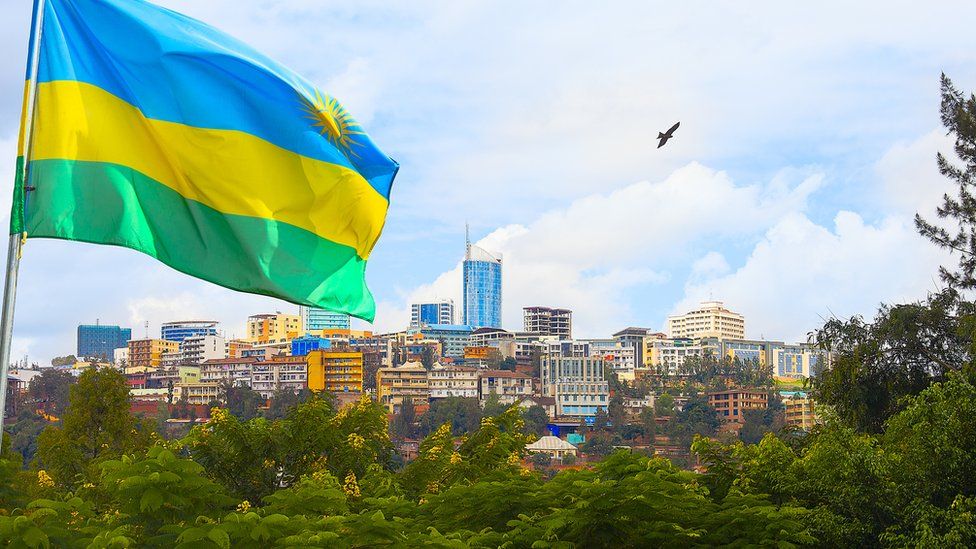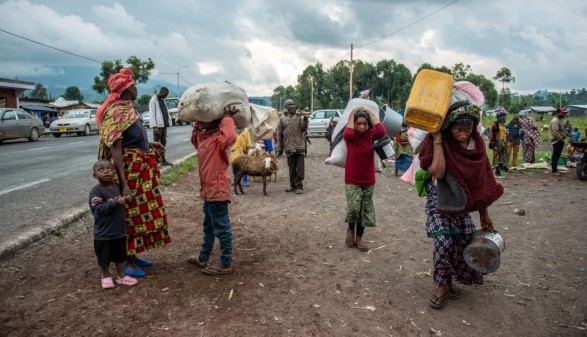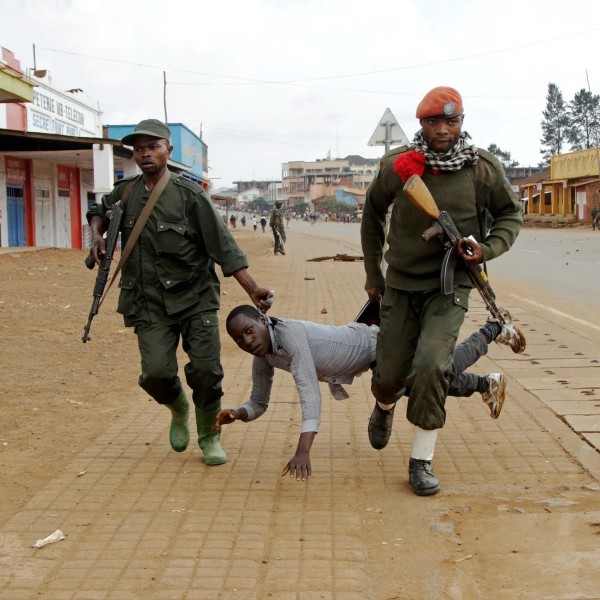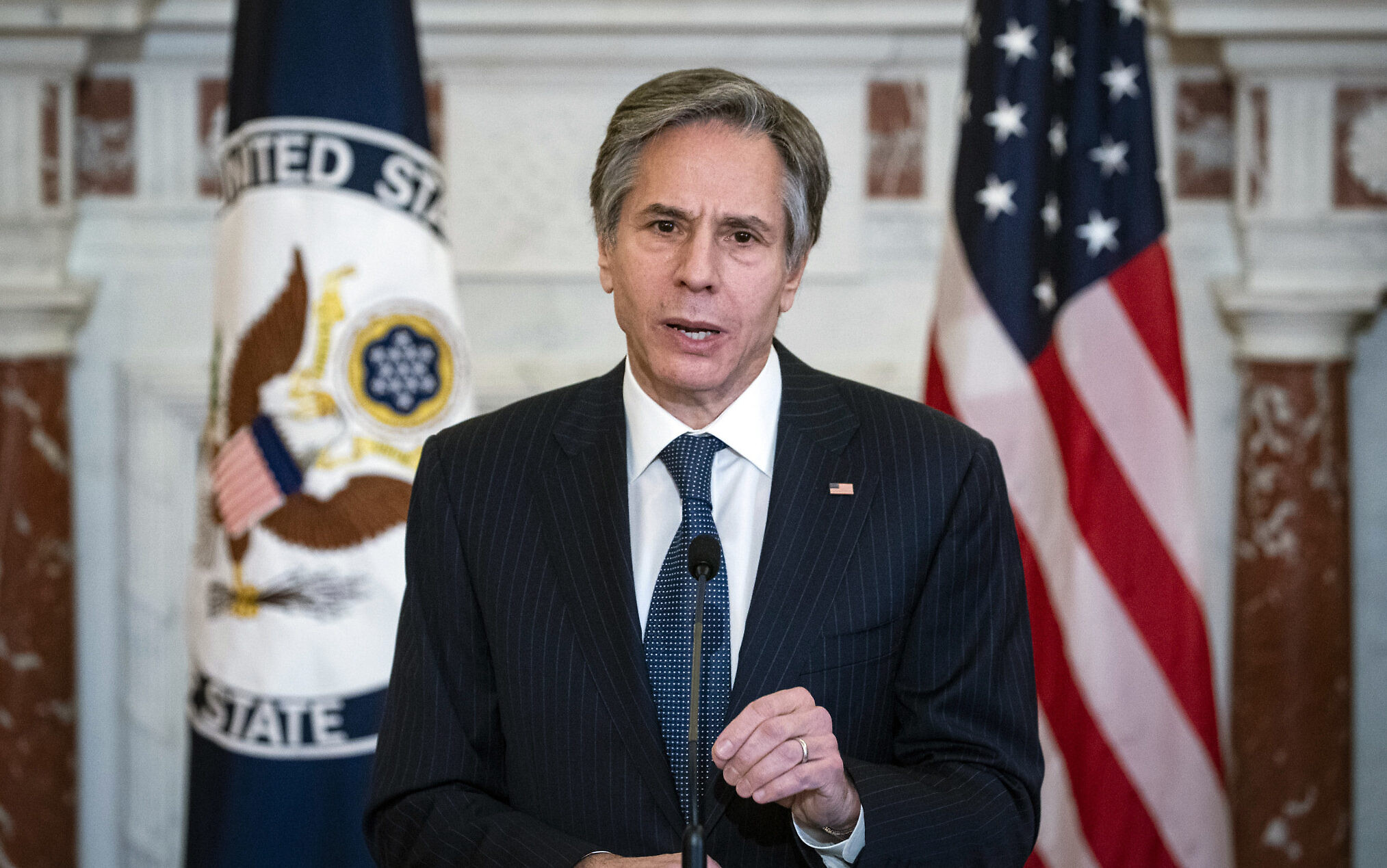Regional
Rebels framed up
Did M23 rebels really execute over 130 civilians? UN probe has holes; question is, why?
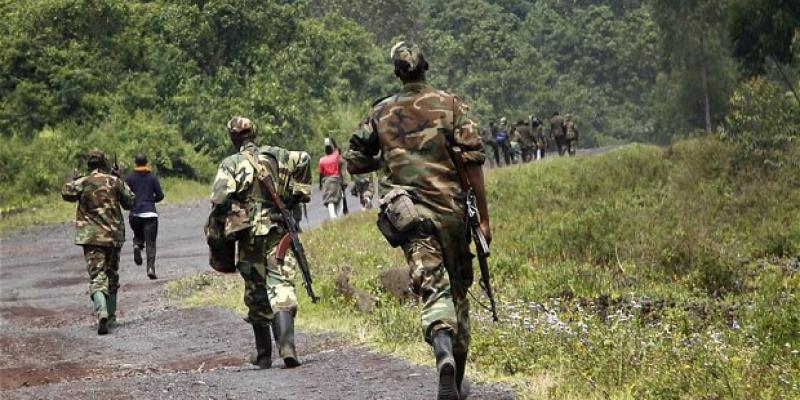
A preliminary UN investigation claims that at
least 131 civilians in the Democratic Republic of Congo died in a November
attack allegedly carried out by the M23 rebel group. The UN report said the
massacre took place in two villages – Kishishe and Bambo – in the Rutshuru
district of North Kivu Province.
But there is a catch.
The evidence comes from witnesses and other
sources because UN investigators did not actually reach villages where the alleged
massacre took place. The probe, carried out by the UN Joint Human Rights Office
(UNJHRO) and MONUSCO, centred on events in the two villages. But UN investigators
did not go to the villages, citing security concerns.
Instead, they relied on interviews from 52
alleged victims, witnesses and other sources in the town of Rwindi 20
kilometres away, the UN Mission stated. The fact that
the investigators reduced the distance between Kisheshe and Rwindi to 20 kilometers
yet it is actually 36 kilometers is also suspect.
A closer look at available information
indicates that by deliberately lying, or inventing evidence, the investigators are
pretending that the M23 rebels massacred innocent civilians. Here are some
questions, and reasons, why the UN investigators are not being 100% honest:
UN investigators did not go to areas of
massacres
The investigators did not go
to the scene of the events to compare the testimonies with the real facts on
the ground. The reality on the ground allows them to confirm or prove unsound
or erroneous the stories collected and help them avoid the danger of manipulation.
The UN probe team had
requested, and obtained, authorization from M23 to go to Kisheshe for
investigation. But they did not go there. Why did they not go there? The investigators justify their inability to go to Kisheshe
by the fact that the M23 controls the area yet they have freedom of movement
throughout the territory under the control of the M23 where MONUSCO has
military bases.
The area has a
camp of the Congolese army and its FDLR/PARECO/APLCS/MAZEMBE/Mai-Mai coalition.
It is strange how the investigators were quick to confirm a campaign of
murders, rapes, kidnappings against the M23 rebels yet the area has, for long,
been a base for a militia group whose sole agenda is genocide ideology.
Why did the investigators rely
entirely on information that was, clearly, manipulated, considering the history
and current situation of the locality in question? According to locals in the
area, however, the Congolese army – and its coalition of allies – is hiding the
fact that Kishishe, a former FDLR garrison was still home to hundreds of the
Rwandan genocidal militia forces.
The M23 attacked the area to
dislodge the FDLR and their Mai-Mai allies from the area. During that battle,
the militia lost scores of combatants. But the Congolese army quickly showed
pictures of the militia’s dead, and spread the lie that the M23 rebels had
killed innocent civilians.
The
investigators established the number of dead and drew conclusions on who was
responsible for the massacre without going to the ground to exhume the bodies,
separate the bodies of civilians
from those of
militia combatants who are often dressed in civilian clothes.
Investigators didn’t verify testimonies
The investigators contented themselves with
testimonies collected at the MONUSCO base in Rwindi from people who presented
themselves as victims of Kisheshe without any verification.
Who are the witnesses given that the entire
area experienced massive population displacements? Should a sample of 52 people
whose status, origin and quality cannot be verified with certainty be relied
upon by the UN to certify without reserve the perpetration of such massacres,
the number and status of victims as well as the culpability of a single rebel
group in an armed confrontation which pitted several belligerents against each
other?
Credible report, witnesses disregarded
The
investigators only published the number of victims whose identity is not known
yet there is a report by local leaders of Kisheshe which counts and properly
identifies the dead civilians. MONUSCO received a copy of this report.
The local
leaders in Kishishe who filed the report were present before, during and after
the hostilities, and also organized and led the burial ceremony of the bodies
of combatants and civilians. These local leaders are credible sources and
eyewitnesses that the investigators of the UNJHRO and MONUSCO decided to disregard.
The M23 rebels are innocent and the victims
of a frame-up.
Earlier, on November 30, the United Nations
Special Adviser on the Prevention of Genocide, Alice Wairimu Nderitu, released
a statement saying that indicators and triggers contained in the UN Framework
of Analysis for Atrocity Crimes are present in DRC.
These indicators and triggers, as noted, include
dissemination of hate speech and absence of independent mechanisms to address
it; politicization of identity; proliferation of local militias and other armed
groups across the country; widespread and systematic attacks, including sexual
violence, against especially the Congolese Tutsi community on the basis of their
ethnicity.
Nderitu noted that the current violence in
eastern DRC mainly stems from the refugee crisis that resulted as many
individuals involved in the 1994 Genocide against the Tutsi in Rwanda fled to
eastern DRC, forming armed groups such as the FDLR which is still active there.




